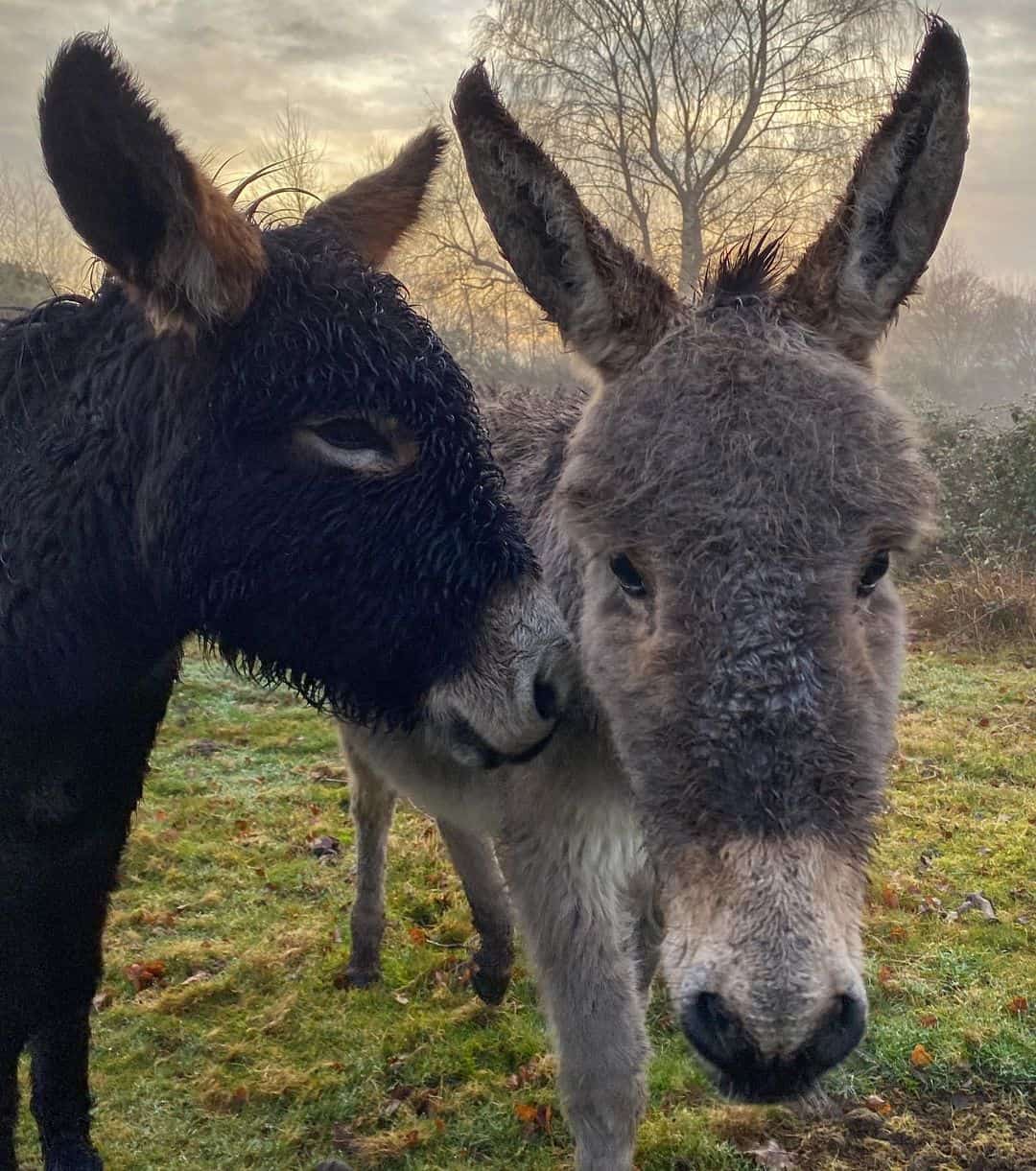Owls are fascinating birds, and I personally find them quite charming, even though their necks may seem a bit unusual. Each type of owl has its unique appeal and a sense of mystery. In this exploration, we’ll take a closer look at owls and their nesting habits.
Many owl species prefer to make their nests in buildings, with the barn owl being one of the most famous examples. However, owls are also known to nest in trees and sometimes even adopt the nests of other bird species.
Discovering a family of owls in your nest might come as a surprise. Owls are truly captivating creatures, and the more you learn about how they create their nests, the more intriguing they become.
Several owl species seek out cavities in trees as their nesting spots. They also utilize the hollow remains of trees and are quite content nesting in man-made boxes, platforms, or even on cliffs. Owls are strategic in choosing their nesting locations, often opting for high places that are hidden from prying eyes, whether it’s a tree cavity or a corner of a building. This helps ensure the safety of their eggs and young.
How do owls create their nests?
Owls are skilled at finding cozy spots to build their nests, often using cavities in trees or nooks and crannies in buildings. This choice of location means that much of the nest’s construction is already taken care of. Interestingly, owls also make use of the leftover debris from the previous year’s nest to provide protection for their eggs.
So, you could say that owl nests are primarily made from owl droppings, or more technically, compacted layers of owl pellets. But at the end of the day, it’s still poop!
When do owls nest?
In general, owls typically nest between the months of March and August. This period is when you’ll find most owl nests.
Do owls use the same nest every year?
Yes, owls tend to stick with the same nest year after year. Since they don’t construct elaborate nests and prefer platforms and cavities, whether natural or human-made, their nests can last a very long time. Some owl nests have been used by generations of owls, which is quite heartwarming!
Also Read: Where do Crows Nest
What type of trees do owls nest in?
Owls often seek out trees that provide ample cover during the day since they are primarily nocturnal creatures and want to avoid any daytime disturbances. They particularly favor pine or spruce trees, which are evergreens and offer year-round concealment. This preference for year-round cover is why owls are also drawn to buildings with plenty of hiding spots.
What do owl eggs look like?
Most owl species lay white eggs, which might seem plain considering that these eggs will give rise to some of the world’s most stunning birds. The size of owl eggs varies depending on the owl species, but they are generally not much larger than chicken eggs.
How big are owl eggs?
Owl eggs aren’t particularly large. On average, they measure about 1.5 to 1.7 inches in length and around 1.2 inches in width.
Where do owls go during the day?
While some owls hunt during the day, most prefer to sleep during daylight hours. After a night of hunting, they typically return to their roost, possibly grumbling to their owl neighbors about working overtime, and then settle down for some rest.
Do owls make use of nest boxes?
Yes, owls do utilize nest boxes, and there are specialized nest boxes designed for various owl species. For instance, barn owls prefer nest boxes with flat, roomy surfaces, so these boxes are constructed accordingly. Other owl species opt for nest boxes that mimic tree cavities.
Where do Barn Owls typically nest?
When it comes to nesting, barn owls have a knack for making use of vacant buildings. You can often spot them in places like church towers. While they do nest in barns, as their name suggests, they also have a penchant for nesting in trees, cliffs, mines, and quarries.
Also Read: Cardinal Nesting Behavior
Where can you find great horned owl nests?
Great horned owls have a preference for nesting in trees such as pine, beech, juniper, and cottonwood trees. They also occupy tree cavities and are known to nest in buildings. These resourceful owls may even appropriate nests that were originally constructed by other birds but are now vacant.
Where do long-eared owls choose to nest?
Long-eared owls primarily select conifer trees as their nesting sites. They are incredibly discreet during the nesting season, making it quite challenging to spot them. Often, they take over another bird’s nest or utilize tree cavities. They may also use artificial nesting baskets.
What about snowy owls? Where do they nest?
Snowy owls are one of the few owl species that invest effort in constructing their nests. They typically nest on the ground, often on elevated mounds or rises to maintain a good vantage point for detecting predators. However, like other owls, they may also adopt the nests of other birds. Unlike some owls, they line their nests with feathers and vegetation rather than simply relying on years of accumulated owl pellets.
When is the owl baby season?
The primary owl nesting season spans from March to August, with egg laying occurring between late January and early March in some cases. During this nesting period, owls are extremely private, and sightings of them are rare. It’s advisable to give them their space during this time, as owl parents tend to be quite territorial.
Do owls build their own nests?
Owls do indeed have nests, although they construct them differently compared to many other birds. Most owls opt for pre-existing sites, such as tree hollows, barn rafters, or even other birds’ nests. Owls are not known for their nest-building skills and often repurpose existing structures rather than constructing new ones.







One thought on “Where Do Owls Nest? [A Comprehensive Guide]”